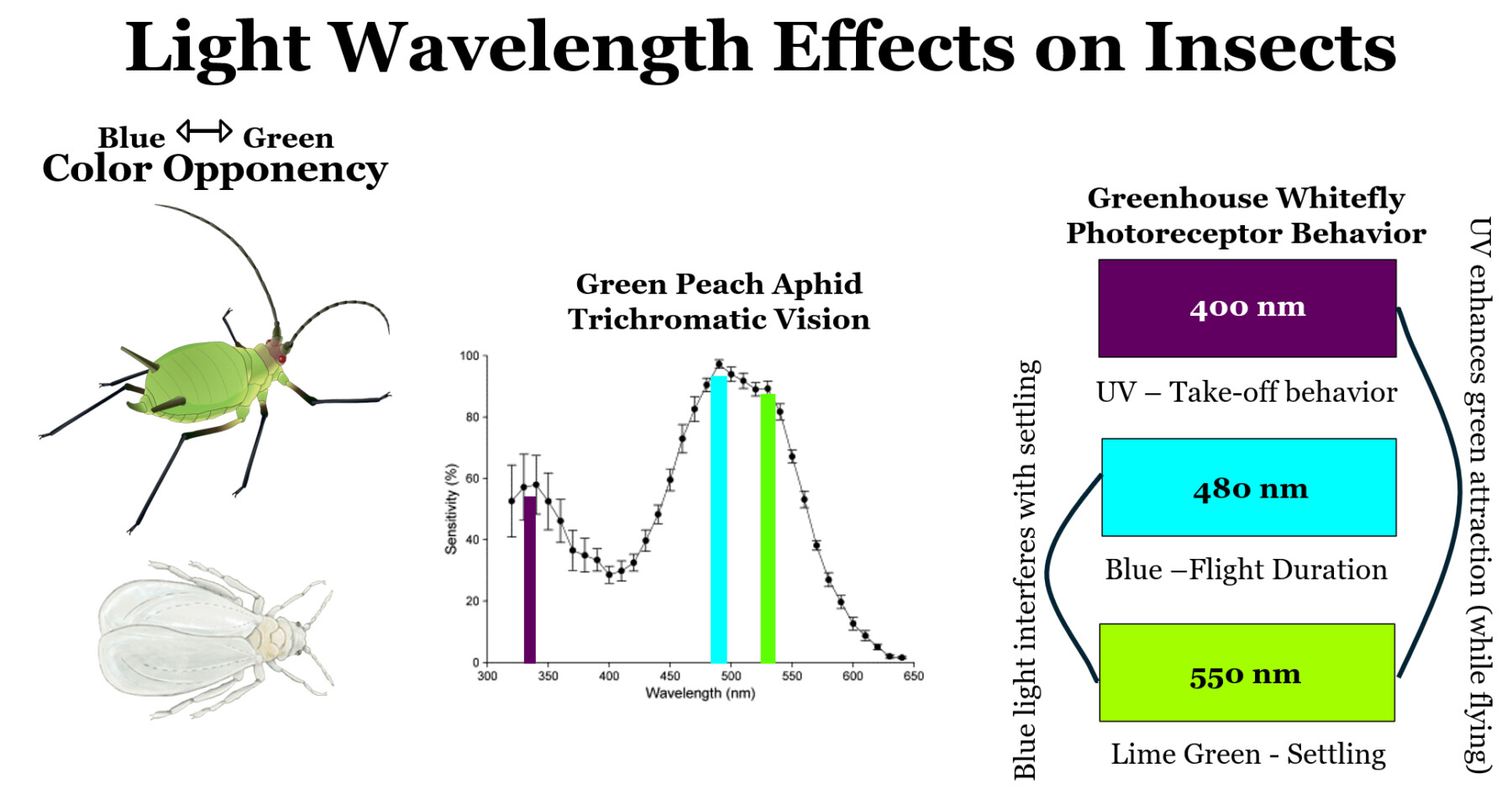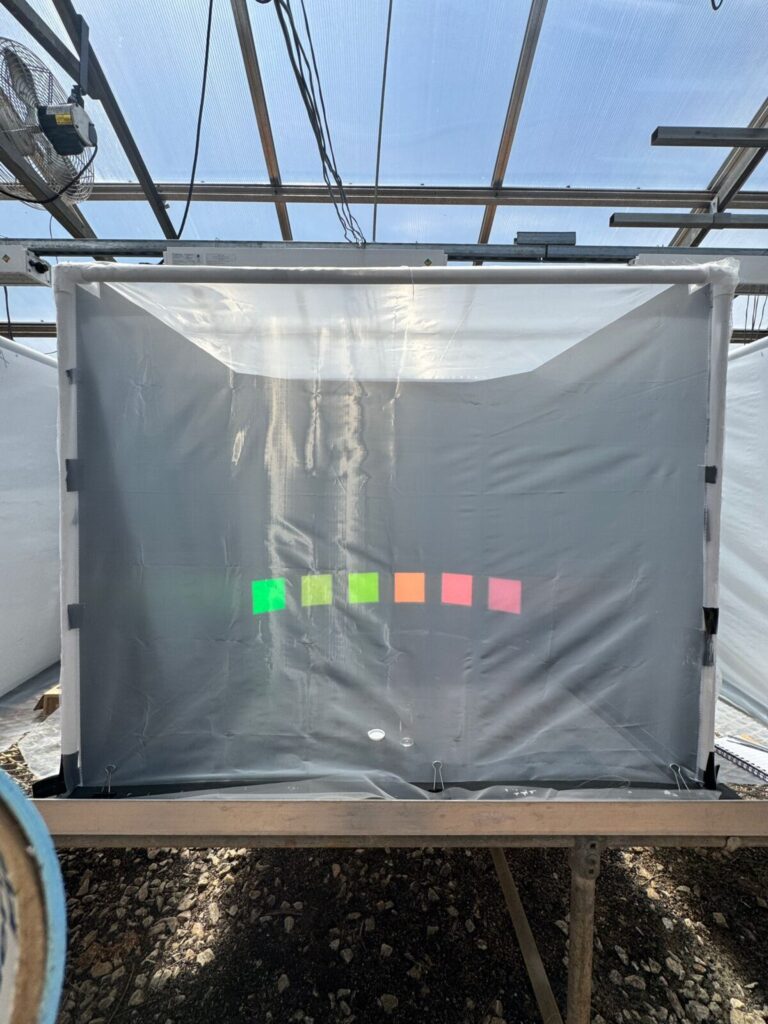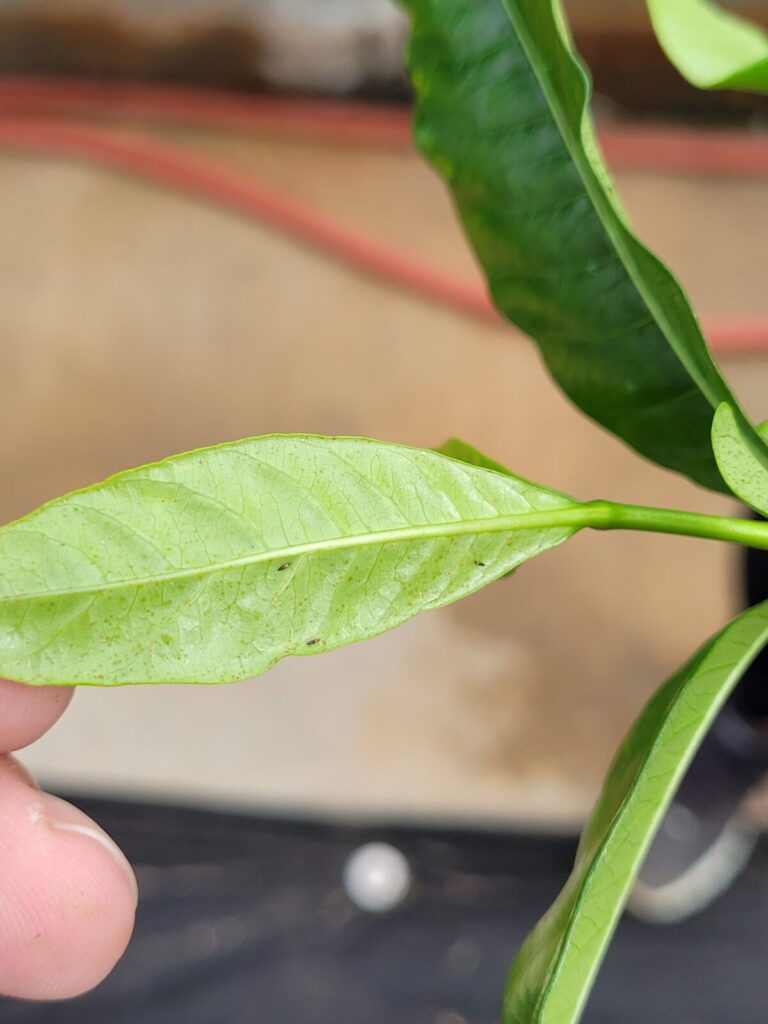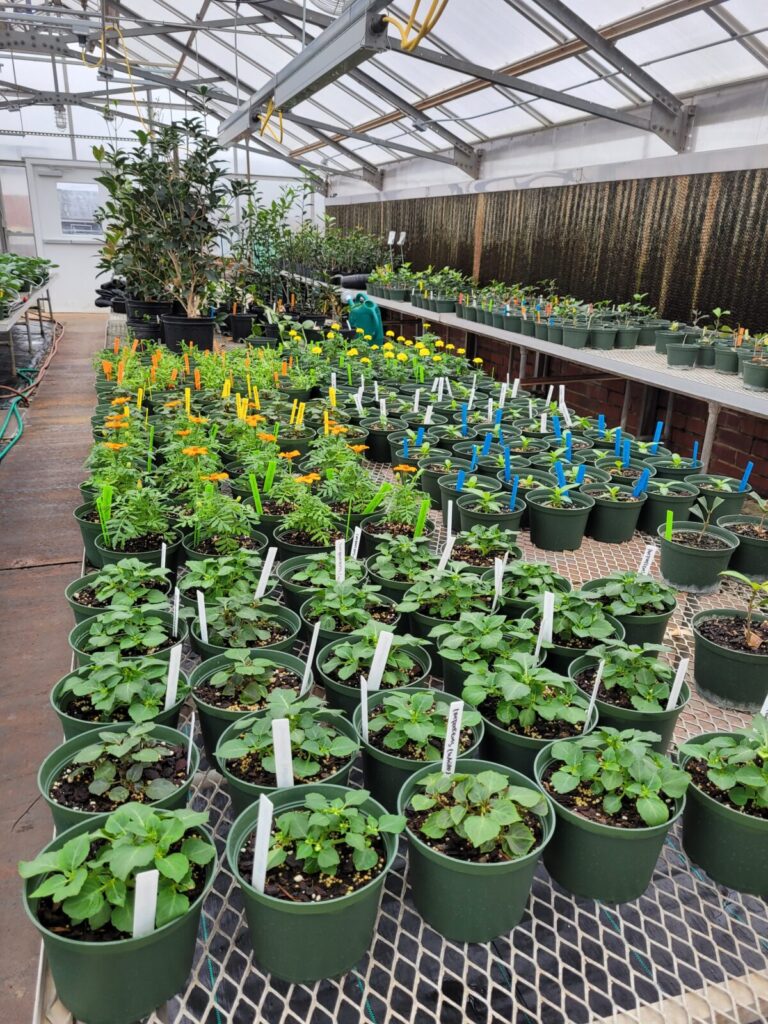Controlled environment agriculture (CEA) represents a new term for growing crops under protected structures where environmental conditions where light, temperature, humidity, airflow, and CO2 levels are actively managed within closed or semi-closed facilities. CEA facilities consist of high tunnels, greenhouses, and vertical farms and are designed to decrease land use, promote agricultural diversification, and allow for lengthened or year-round cultivation of crops resulting in a more stable and sustainable food supply chain. These structures can also help address socioeconomic issues associated with food access, such as facilitating the supply of nutrient dense produce in communities without proper supply chains or those lacking adequate soil or weather conditions to support traditional agricultural production. CEA facilities offer additional production benefits over traditional agricultural production, such as reduced pest and disease pressure, which can allow susceptible crops and cultivars to be grown in areas where they would typically not be viable. By design, CEA facilities at the high end of the technological spectrum typically experience less pest pressure via physical exclusion than lower tech CEA (e.g. high tunnels) facilities. This does not mean, however, that pests are never an issue in these facilities, and the lack of understanding of pest management in more advanced production systems leaves us seriously ill-prepared to meet the challenges of this growing industry.
Restrictions on the development of new chemical pesticides and pesticide resistance development in a variety of insect pests has raised the urgency for limiting pesticide use through adopting alternative control measures. Biological control (using living organisms such as predators and parasitoids) to manage pests to is an important component of sustainable pest management strategies, which has experienced increased interest due to the building evidence of the negative health, economic, and environmental impacts associated with intensive chemical pesticide use. This strategy complements the production shift within CEA, which has also focused on improved economic, social, and environmental sustainability. My lab aims to better understand how various factors contribute to the success or failure of pest management programs in CEA using broad approaches ranging from determining the behavioral components of predator-prey interactions to understanding production-level impacts on pest and natural enemy populations. Some of these approaches are discussed further below.
CEA Supplemental Lighting Effects on Arthropod Populations
Controlled environment agriculture provides a unique opportunity to engineer an artificial lighting regime that optimizes plant productivity. These lighting systems may have direct or indirect impacts on arthropods that cause plant damage and those that provide beneficial services like pest control and pollination. Insects have sophisticated visual systems. Many species are sensitive to ultraviolet radiation (UV) and visible light ranging in the blue-green spectrum. These wavelengths can assist in an insect’s ability to find mates, food, shelter, and areas for oviposition. Multiple photoreceptors that respond to different wavelengths are often involved, and can interact in complicated ways to modulate the behavioral sequences mentioned above.

How artificial lighting impacts arthropods in CEA, and further how it can be leveraged for invertebrate management is an exciting area of my lab’s ongoing research.


Management of Invasive Species Affecting Food and Ornamental Crops in CEA
The food and ornamental plant industry is reliant on sourcing plant material from suppliers who specialize in the production of young plants to accelerate their production and eliminate the need to establish plant propagation infrastructure. Most growers must also ship their finished products to vendors who have the means of getting it to the consumer. Due to the small size of arthropods, it is often difficult to detect individuals on plant material pre-shipment. The global plant trade has greatly exacerbated the spread of non-native arthropods, which often can have significant economic impacts within their invaded range. Our lab finds novel ways to manage these invasive pests in CEA, which often disrupt the stability of functional IPM programs.
Thrips parvispinus
Thrips parvispinus is a polyphagous thrips species native to Southeast Asia that feeds on a wide range of plant families, including various vegetables, ornamental, fruit, and row crops. In 2022, it was confirmed for the first time in a commercial pepper field in Palm Beach County, Florida. Since 2020, T. parvispinus has been reported in Colorado, Florida, Georgia, Hawaii, North Carolina, Ohio, Pennsylvania, and South Carolina within the USA. This rapid spread is due to the transport of infested plant material from greenhouses and nurseries to retail stores, where consumers then further facilitate its spread. CEA crops are especially vulnerable to T. parvispinus damage because the warm temperatures and high humidity in these facilities provide ideal conditions for tropical and subtropical insect pests. Managing T. parvispinus can be difficult due to limited monitoring tools, its cryptic behavior, few effective insecticides, and the need for repeated insecticide applications, which increase management costs and the risk of resistance development.
We are currently investigating multiple IPM tactics for the management of T. parvispinus.


